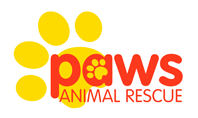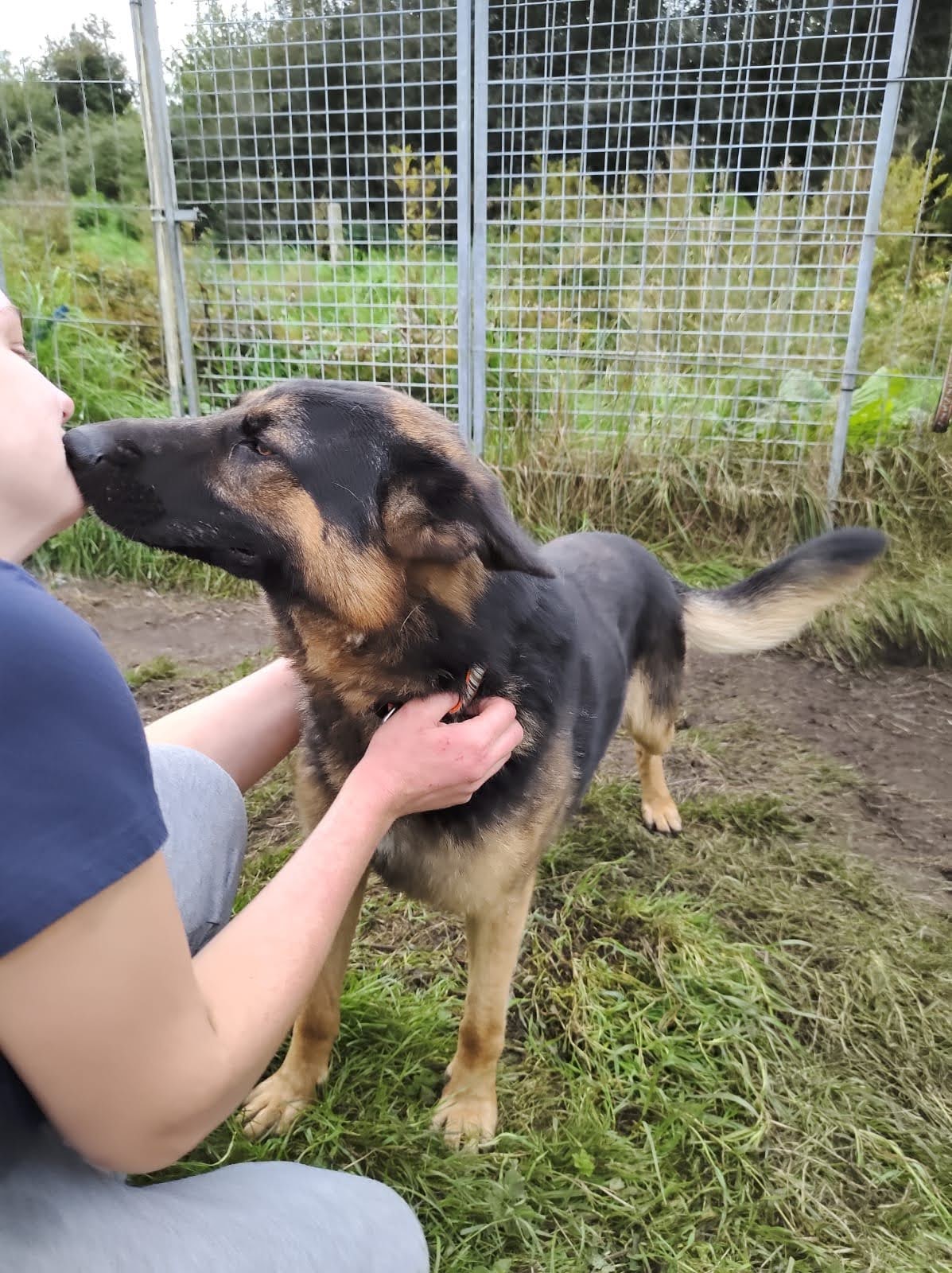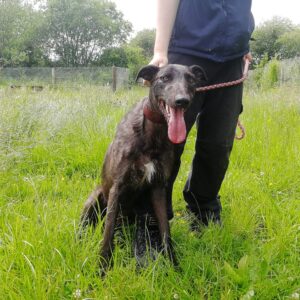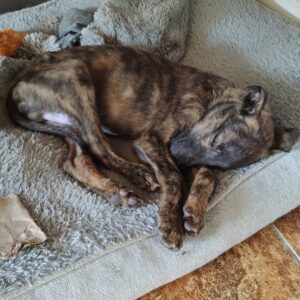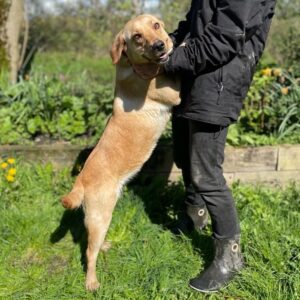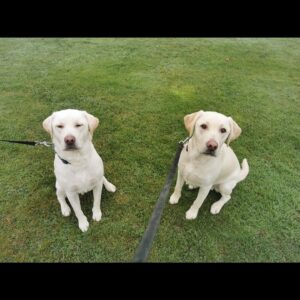Let me paint a common scenario, your dog is a very loveable boy or girl, loves to meet everyone and get all the cuddles and attention they can. No matter who walks in the front door, be it the mother in law for a visit or the children arriving home from school, your dog is usually the first greeting that will typically happen. The same goes for walks, he gets excited and loves to try greet everyone he comes across in the park too.
Dogs love to greet us, they love to get all the smells of where you’ve come from or where you’ve been, they also love to show us appeasement and their joy at you giving them attention. For the most part, many dogs like to keep all four paws on the ground, no matter what’s happening but many dogs’ over excitement can get the better of them and they will try be closer to our faces and hands by jumping up or lunging to get closer to us. Sometimes it’s not even an issue. We enjoy responding with the same amount of excitement back or to get on the floor for all the cuddles. The problem you can then face is if your dog always greets by jumping and you and everyone else who interacts with your dog responds by giving affection back, your dog quickly learns that jumping is the thing to do and this can then quickly become one of his worst behavioural traits.
The issue can normally stem from puppies who were picked up and carried around while young and then grow up only to become too big but spend most of their adult life trying to recreate their puppy-hood cuddles. Or it comes from the big 35 kg+ breed that isn’t getting enough mental and physical stimulation so when someone walks into the house, they can’t contain their excitement and react by leaping and pawing at them. When dogs jump, they can become hard to manage on walks because they want to greet everyone, or they have to be shut away when visitors call making then even more frustrated. Claws can be painful and worse again, small children or elderly people can be knocked over and hurt. Dogs can’t determine who likes to be jumped on and who doesn’t. It is our responsibility to teach to behave the correct way.
The issue is, it’s all too easy to allow a dog’s unfortunate behavior to work for them. One example of this is allowing a dog to pull while on-leash; the behavior is reinforced because it gets the dog what she wants—going the direction she desires, going faster or catching up with that cat. Or, reinforcing barking by giving the dog attention in response to it. Similarly, laughing, petting or sweet-talking a dog when she jumps up makes that behavior more likely to happen. Don’t let the behavior you don’t want work for your dog, or she will keep doing it. As humans, we tend to put a lot of unnecessary human emotion on our dogs. A lot of people will scold their dogs when their jumping up becomes a problem and then they are flustered when the jumping doesn’t stop. The problem is your dog doesn’t know your scolding, they just hear you speaking to them and they’re pleased they’re getting attention, even if its negative.
So what do we do? We stop the rewards. We stop your dog from thinking jumping up gets them any kind of attention. Attention comes in the form of touch, any vocals or speech (even if we perceive it to be negative) and eye contact. Ideally, from the first day you take your dog or puppy home, if they go to jump up or claw you, you stop giving them any form of attention. When a dog goes to jump, you should very quickly turn away, fold your arms and avoid eye contact. Only turn back to them or go to pet them, when all four paws are on the ground and they are calm. If they go to jump again, repeat the steps, turn away, no eye contact, no physical contact. Walk away and cease any kind of play or attention if they continue to jump. At the same time of ignoring any time they jump up, we similarly have to teach them what is the rewarding, or acceptable, behaviour I.e not jumping up, which is petting and talking to them when they are calm. Consistency is key here, and everyone that interacts with your dog should behave the same so inform visitors ahead of time to not greet the dog straight away when walking in the door and turn away from any form of jumping up. Give the dog attention when they are calmer and choose not to jump.
This will be harder for older dogs who have lived their lives with being given attention when they jumped up as you will be desensitising them from thinking jumping gets them what they want. I promise you though, the sooner jumping up no longer becomes rewarding to your dog, the sooner the behavior will be dropped completely.
